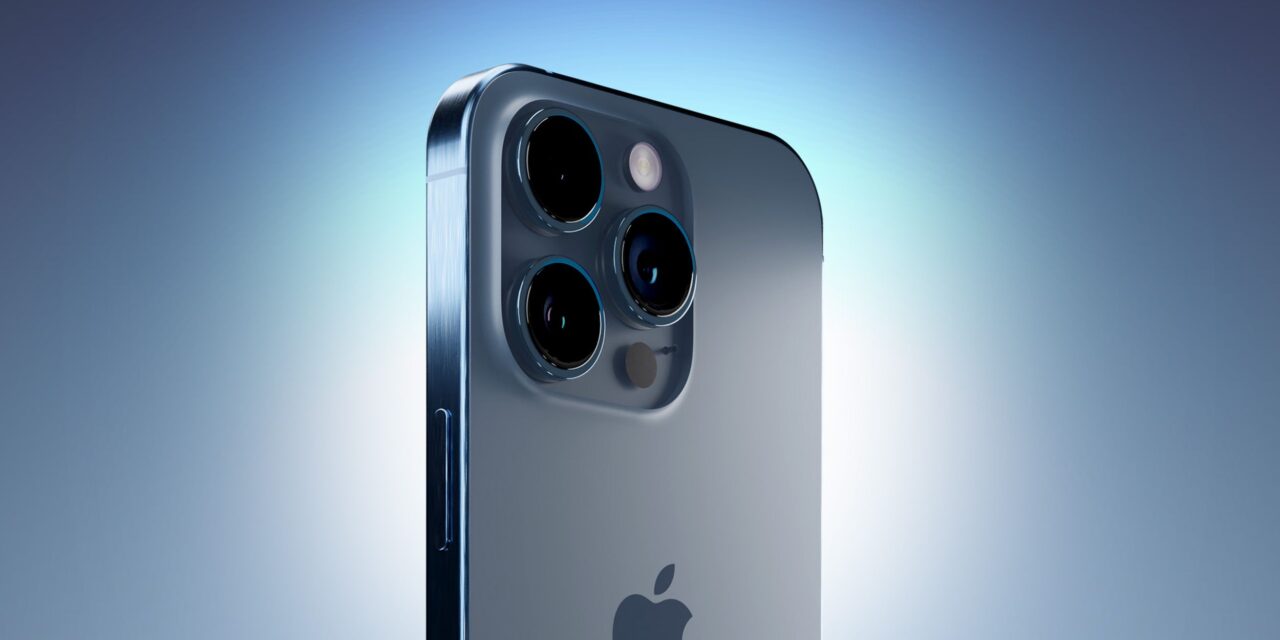Long exposure photography captures the passage of time in a still image. Long exposure shots blur objects in motion, so stars appear as lines or trails, clouds are stretched out, and water is smoothed.
Keeping the camera shutter open for long periods captures this blurring of movement. The shutter’s speed and aperture determine how much light reaches the camera sensor. “Long periods” could mean anything from 5 to 30 minutes or more, depending on the desired outcome.
Night Mode automatically turns on when the iPhone detects a low-light environment. Then, the iPhone will take a picture quickly, or one that lasts a few seconds, depending on how dark it is. Users can manually configure the capture time.
That is the most affordable setup to take night sky photos with an iPhone, though it’s not available on all models. The iPhones that support Night Mode include:
Taking good space photos requires equipment to keep the iPhone still as well as software to capture images. Night Mode is one such option built into the system, but there are plenty of third-party apps for long-exposure photography.
The quality of space photos depends upon the equipment. For mobile astrophotography, the best results happen with telescopes designed to work with smartphones. Using a tripod is a more affordable and accessible option.
In 2021, we reviewed a line of GorillaPods designed to work with MagSafe iPhone models. These tripods are affordable enough for most budgets, receiving a score of 4 out of 5 stars.
The GorillaPod Starter Kit is an excellent option. It includes a universal clamp to support smartphones from various brands and different mounts for GoPro and other compact cameras. It’s available to purchase for $32.95 and is frequently found on sale.
Sandmarc is a brand that creates high-quality photography accessories for iPhones and other devices. Its tripod has two versions: Compact Edition and Pro Edition. The Compact version is lightweight, easy to assemble, and aimed at travelers. The Pro Edition is a full-sized tripod with a longer extension.
Each tripod is made of aluminum, and the package includes a ballhead mount and an iPhone mount. The Compact Edition is available for $99.99 and the Pro Edition is $199.99.
The aluminum legs have anti-slip capabilities with feet that can reduce vibration. In addition, a tiny ballhead mount adjusts the iPhone’s angle to capture multiple night sky views. Peak Design’s iPhone tripod is $79.95.
The app takes full advantage of iOS features such as Deep Fusion and Smart HDR. Halide is free to download with a subscription.
A powerful Manual mode provides the controls that photographers expect, such as exposure, ISO, shutter time, and white balance. Camera+ 2 is free to purchase with an optional subscription.
Star Walk 2 fulfills the “astro” part of astrophotography. It’s an astronomy app that maps stars, comets, galaxies, planets, constellations, and satellites. It uses the iPhone’s sensors and GPS to precisely map each object’s position.
Using the app’s most powerful feature, an iPhone owner can point their device to the night sky in a live camera mode and precisely see which major celestial bodies are present. Star Walk 2 is available to purchase for $2.99.
“Regular” photos taken with an iPhone use the JPEG format. It’s a universal format supported by virtually every camera and operating system. It uses a compression algorithm to save space by reducing the image’s file size at the expense of image quality. The JPEG format is known as a “lossy” image.
Optical zoom, introduced in Apple products with the iPhone 7 Plus, uses a telephoto lens to capture more of the camera’s live feed. For example, the iPhone 13 Pro camera app displays three numbers on the screen: 0.5x, 1x, and 3x.
The 0.5x setting uses the ultrawide camera to “zoom back” in the image to capture as much on screen as possible. The 1x setting uses the default wide camera to capture average sizes in photos. Finally, up to the 3x option uses the telephoto lens that is physically longer than the wide lens, bringing it closer to the subject.
Further pinching the screen to zoom in or out after the max optical zoom of the camera activates digital zoom. The iPhone 13 Pro supports a maximum digital zoom of 15x. Digital zoom kicks in after 3x using a multitouch gesture to “spread out” the camera feed. Start with two fingers touching the screen close together, and slide them apart.
Digital zoom crops and enlarges the on-screen image. It sacrifices image quality because the camera lens is not physically moving closer to the subject, so optical zoom is preferred for the best quality. Pro, Plus, and Max models of iPhone have telephoto lenses for optical zoom.
For advanced iPhone astrophotography, there are plenty of iPhone-compatible telescopes, which are beyond the scope of this article. Telescopes are more expensive than an iPhone tripod, but they offer more zoom than the iPhone’s telephoto lens.
Optical zoom is the differentiating factor. These telescopes don’t connect to iOS or the iPhone camera, they offer a mount to take a picture of the telescope’s viewfinder.
This content was originally published here.






Recent Comments